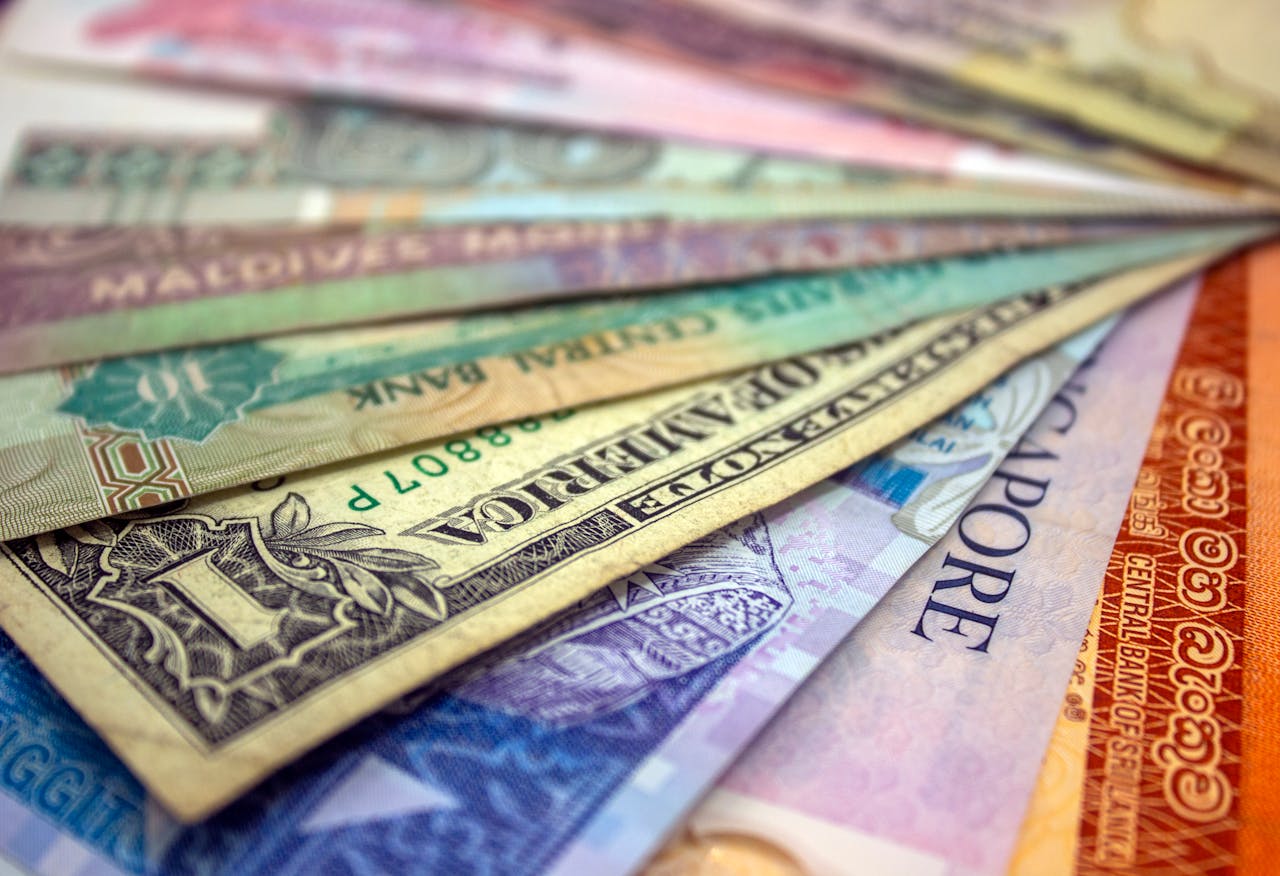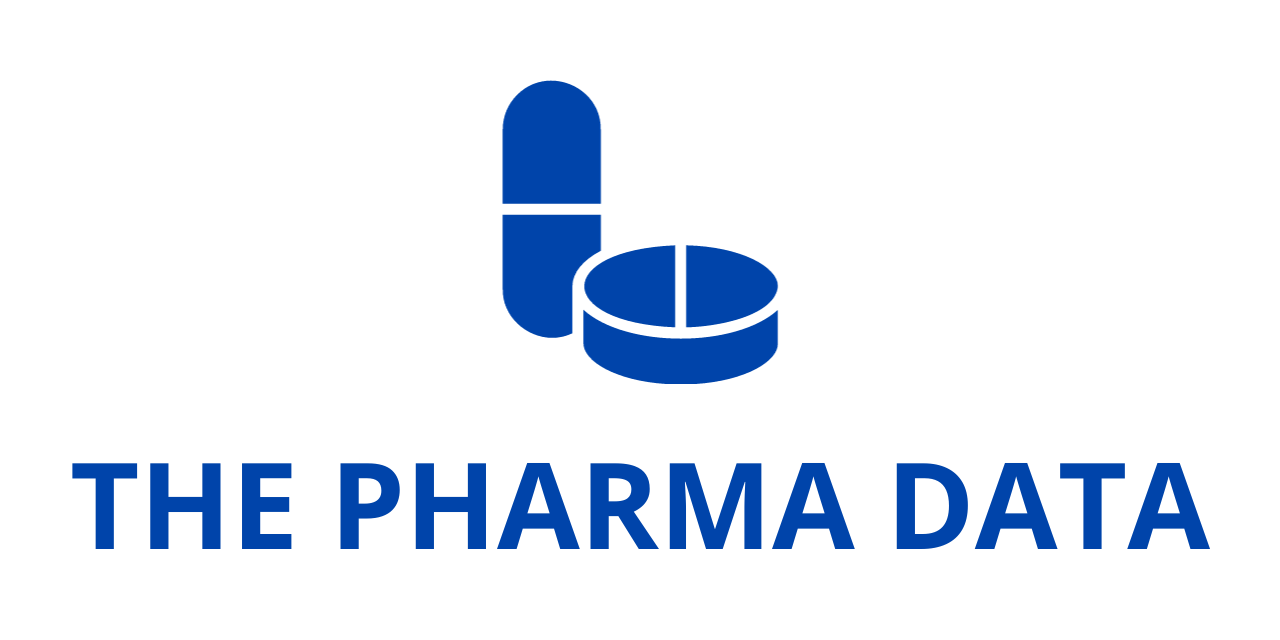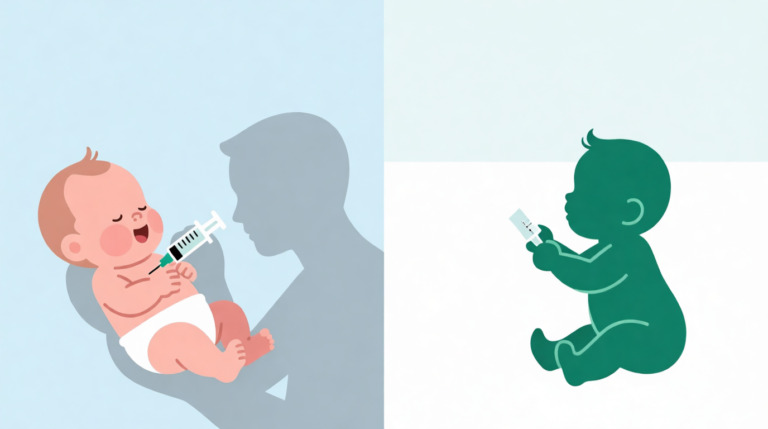
Global Energy Access Expands, But Urgent Financing Needed to Bridge Persistent Gaps and Achieve SDG 7 by 2030
A newly released edition of the Tracking SDG 7: The Energy Progress Report 2025 reveals that the world has made substantial strides toward universal access to electricity, with nearly 92% of the global population now having access to basic electricity services. This marks a continuation of an encouraging trend observed in 2022, when—for the first time in a decade—the number of people living without basic electricity began to decline.
Despite this momentum, the report sends a clear and sobering message: progress remains too slow and uneven to meet the ambitious target of universal energy access by 2030, as outlined under the United Nations’ Sustainable Development Goal 7 (SDG 7). More than 666 million people still live without electricity, and over 2 billion people continue to rely on polluting fuels such as firewood, charcoal, and kerosene for their cooking needs.
Gains in Electricity Access Signal Hope, But Progress is Uneven
The current figures represent a steady improvement since 2015, when electrification efforts intensified globally. However, while electrification rates have improved in many regions, the majority of those still without access to electricity are located in rural, low-income, and fragile areas, particularly in sub-Saharan Africa, which accounts for a staggering 85% of the world’s unelectrified population.
This regional disparity remains one of the most pressing challenges in the energy transition. Sub-Saharan Africa not only lags behind in electricity access but also suffers from limited deployment of renewable energy infrastructure. Although renewable energy capacity in the region has grown, the average installed renewable capacity per capita is just 40 watts, a mere one-eighth of the average in other developing countries.
The report makes clear that while high-level progress is evident, the picture becomes more complex when examined at a regional and local level, revealing deep inequalities in both energy access and investment distribution.
Clean Cooking: A Critical But Underprioritized Component of SDG 7
One of the most critical, yet often overlooked, components of SDG 7 is access to clean cooking. The report emphasizes that despite incremental improvements, the pace of progress in clean cooking remains sluggish and below the rates achieved during the 2010s. This stagnation is largely attributed to multiple compounding crises in recent years—including the COVID-19 pandemic, global energy price shocks, and escalating debt burdens in low- and middle-income countries.
As of 2025, approximately 1.5 billion people in rural areas lack access to clean cooking solutions. Continued reliance on traditional biomass fuels, such as wood and charcoal, poses severe health risks. The World Health Organization (WHO) links exposure to household air pollution from these fuels to millions of premature deaths annually. This public health crisis also disproportionately impacts women and children, who often bear the brunt of exposure due to traditional cooking roles.
In sub-Saharan Africa, the situation is particularly alarming. Four out of every five families in the region still use polluting fuels for cooking. Worse still, the number of people without clean cooking access is increasing, with an additional 14 million people annually falling into energy poverty due to population growth and lagging infrastructure development.
Distributed Renewable Energy: A Scalable Solution for the Marginalized
To accelerate access in hard-to-reach areas, the report underscores the transformative potential of distributed renewable energy (DRE) solutions, such as mini-grids and off-grid solar systems. These technologies are cost-effective, rapidly deployable, and particularly well-suited for rural and geographically isolated communities, where extending centralized power grids is often financially and logistically unfeasible.
In the context of clean cooking, decentralized technologies also play a critical role. Emerging solutions such as household biogas digesters, solar electric cookers, and mini-grid-enabled electric cooking systems offer scalable alternatives to harmful biomass fuels. These innovations not only reduce the burden of energy poverty but also align with climate goals by lowering greenhouse gas emissions.
However, the successful deployment of such technologies depends heavily on targeted investment, regulatory support, and community-level capacity building, which remain inconsistently implemented across many developing nations.
Financing: The Make-or-Break Factor in Achieving SDG 7
One of the most encouraging findings of the 2025 report is that international financial flows to developing countries in support of clean energy continued to grow for the third consecutive year, reaching $21.6 billion in 2023. This signals increasing global recognition of the energy access crisis and a willingness—at least in part—to address it.
In parallel, global installed renewables capacity per capita has seen steady growth, rising from 155 watts in 2015 to a record 341 watts in 2023 across developing countries. Yet, despite this progress, the pace and scale of financial investment remains far from sufficient to bridge the gap by 2030—especially in regions like sub-Saharan Africa, where needs are greatest.
The report identifies the lack of sufficient and affordable financing as the single most critical barrier to accelerating progress. Many low-income nations continue to face challenges in securing concessional finance, public grants, and risk mitigation instruments essential for supporting large-scale energy transitions.
A Call for Coordinated International Action
To prevent regression and build upon recent gains, the report calls for a renewed and coordinated international response, bringing together governments, donors, private investors, and multilateral development institutions. The following measures are recommended as urgent priorities:
- Reforming multilateral and bilateral lending frameworks to expand the pool of affordable public capital available to developing countries.
- Mobilizing more concessional financing, including grants, low-interest loans, and blended finance instruments that can catalyze private sector involvement.
- Improving risk tolerance among international donors and financial institutions to unlock investment in high-risk, underserved markets.
- Scaling up national energy planning and regulatory frameworks that align with clean energy and inclusive development goals.
The report also stresses that any strategy aimed at closing energy access gaps must prioritize equity and inclusion, ensuring that marginalized communities are not left behind. This includes gender-sensitive policies, capacity building for local entrepreneurs, and mechanisms for community participation in energy governance.
A Critical Juncture for Global Energy Equity
The findings of the Tracking SDG 7: The Energy Progress Report 2025 illuminate both the progress achieved and the immense work that lies ahead. While the expansion of electricity access to nearly 92% of the global population is a commendable achievement, it masks persistent and deepening inequalities—especially in clean cooking and rural electrification.
With just five years remaining to meet the 2030 targets, the world stands at a critical juncture. Without sustained international financing, regulatory reform, and political will, the vision of universal, affordable, reliable, and sustainable energy for all may remain out of reach for hundreds of millions.




